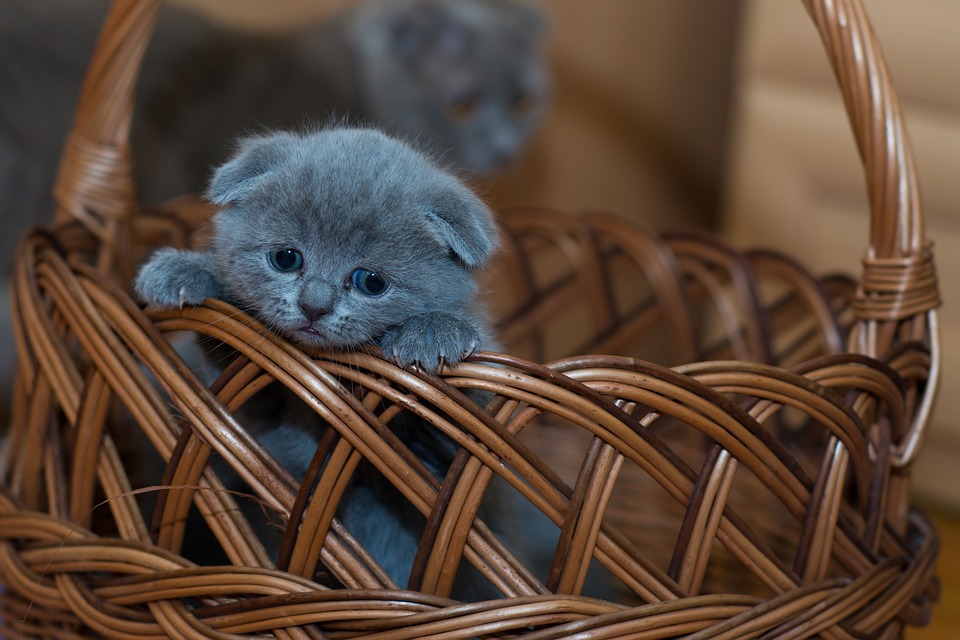Introduction:
Play is an essential aspect of a cat’s life, providing mental stimulation, physical exercise, and social interaction. However, sometimes play can escalate into aggression, causing tension and conflict between cats. Understanding the difference between play and aggression is crucial for addressing and resolving this issue.
Understanding Play Aggression:
Play aggression refers to aggressive behavior exhibited by cats during play sessions. It is essential to differentiate between play aggression and true aggression, as they have distinct characteristics. Play aggression is typically characterized by predatory behavior, such as stalking, pouncing, biting, and scratching. It is important to recognize these signs to prevent misunderstandings and potential harm.
Common Triggers for Play Aggression in Cats:
Several factors can contribute to play aggression in cats. One common trigger is a lack of socialization during the early stages of a cat’s life. Cats that were not properly socialized with other cats or animals may exhibit aggression during play. Boredom and a lack of mental stimulation can also lead to the development of play aggression. Cats need regular play sessions and interactive toys to channel their energy and prevent frustration.
Causes of Play Aggression:
Various underlying causes can contribute to play aggression in cats. One possible cause is territorial disputes and resource guarding. Cats may become aggressive while defending their territory or resources, such as food, toys, or resting spots. Additionally, medical conditions and pain can cause cats to exhibit aggressive behavior during play. It is crucial to rule out any underlying health issues before addressing play aggression.
Preventing and Resolving Play Aggression:
Several strategies can be implemented to prevent and resolve play aggression between cats. Early socialization and positive reinforcement during a cat’s formative stages can help them develop appropriate play behavior. Providing ample play opportunities and interactive toys can redirect their energy and prevent frustration. Environmental enrichment, such as vertical space and scratching posts, can also help alleviate aggression.
Separate resources and feeding stations are essential to prevent territorial disputes and resource guarding. Additionally, redirecting and distracting cats during aggressive episodes can help diffuse tension and prevent escalation. Using interactive toys to channel their energy into appropriate play behaviors can also be effective.
Seeking Professional Help:
In severe cases, seeking professional help from a veterinarian or animal behaviorist may be necessary. They can provide expert guidance and develop a tailored behavior modification plan for your cats. In some instances, medications may be prescribed to alleviate underlying anxiety or aggression. Behavior modification techniques, such as desensitization and counterconditioning, may also be employed to address play aggression.
FAQs (Frequently Asked Questions):
1. How can I differentiate between play and aggression in cats?
2. What are the common signs of play aggression?
3. Can play aggression be a result of medical issues?
4. How can I prevent play aggression from occurring in the first place?
5. Should I intervene when play aggression occurs between my cats?
6. Are there any recommended toys or activities to redirect their aggression?
7. When should I seek professional help for play aggression?
Conclusion:
Addressing play aggression between cats is crucial for fostering a harmonious feline environment. By understanding the difference between play and aggression, identifying common triggers, and implementing preventative measures, cat owners can create a peaceful and enjoyable living space for their feline companions. Seeking professional help when necessary ensures that any underlying issues are addressed effectively, promoting the well-being of all cats involved.








